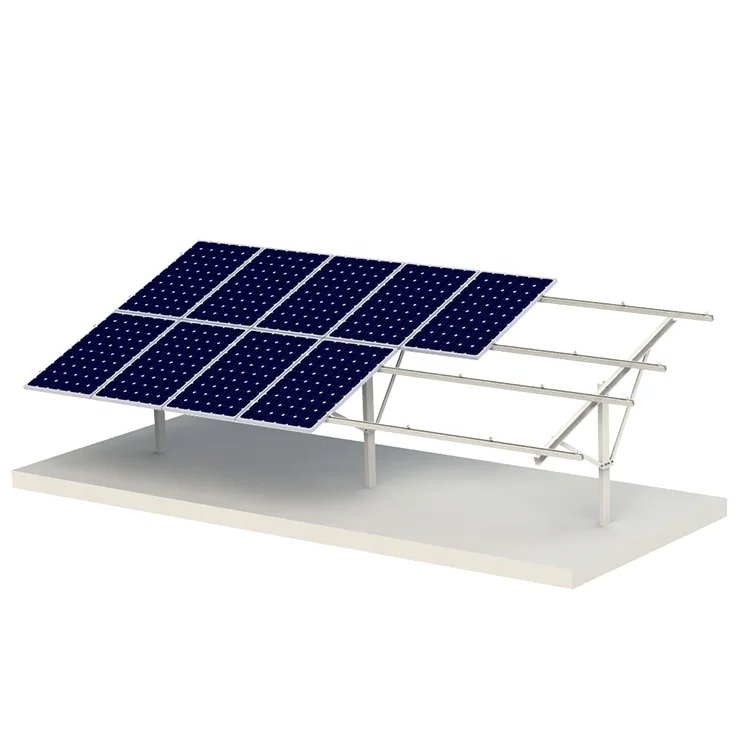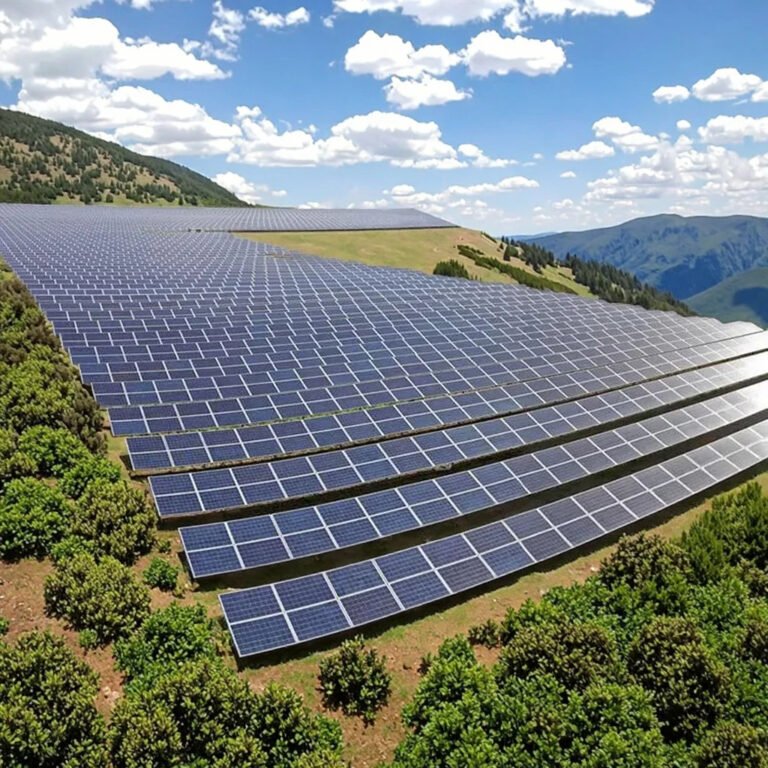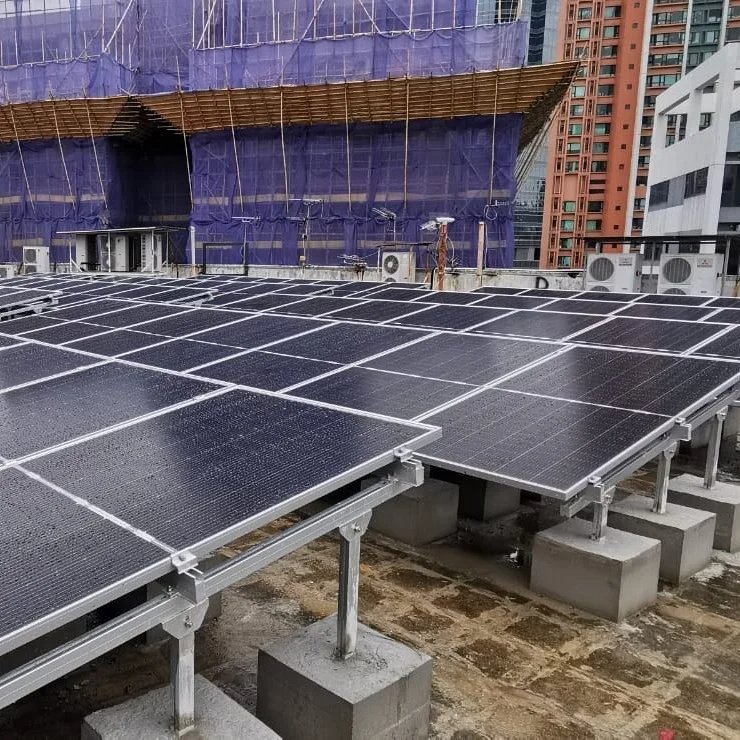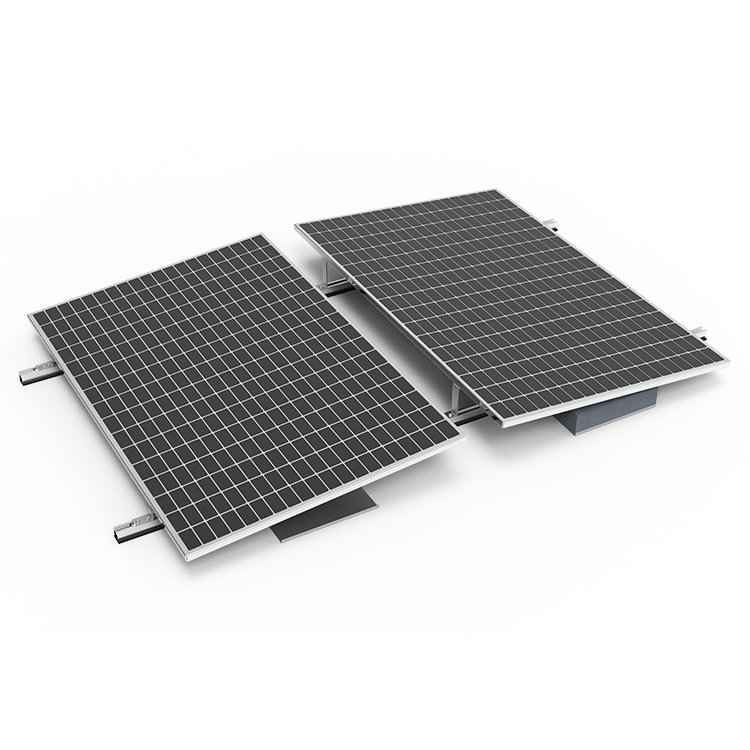-
2103 Room NO.322 Xinggang One Road,Haicang District,Xiamen Fujian,Kina

Solar Mounting Systems for Beginners: Everything You Need to Know
Table of Contents
Why Solar Panels Alone Aren’t Enough
When planning a solar installation, many focus solely on the panels—overlooking the critical role of monteringssystem. These structures secure panels in place and must be tailored to environmental conditions like wind, snow, and salt exposure. An unsuitable rack could reduce energy output or even cause system failure.
This guide introduces the essential knowledge you need to choose the right solar racking system for long-term reliability and efficiency.
What Is a Solar Mounting System?
A solcellsmonteringssystem is the metal framework that supports photovoltaic (PV) panels. It ensures proper orientation and stability, whether installed on rooftops, open land, farmland, or carports. The correct choice depends heavily on location-specific conditions, such as terrain, wind loads, and potential corrosion.
Neglecting this choice could lead to collapse or system inefficiencies—resulting in higher repair costs and reduced returns.
Types of Solar Mounting Systems
Ground Mount Systems
Ideal for large open spaces, markfästen allow customizable tilt angles and heights.
🔗 Explore Ground Solar Mounting Systems
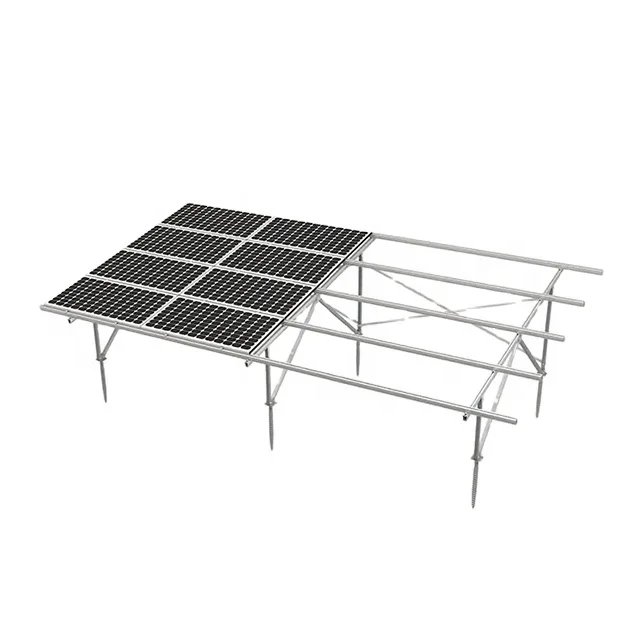
Roof Mount Systems
These are perfect for residential and commercial buildings with flat or sloped roofs. They make efficient use of space and require minimal ground preparation.
🔗 Explore Roof Solar Mounting Systems
Special-Purpose Mounts
Options like solar carports or agricultural systems are designed for dual-use scenarios. These support solar generation while also functioning as shelters or allowing crops to grow beneath.
🔗 See Solar Carport Systems
🔗 Agricultural Farmland Mounting System
Solar Mounting Foundation Methods
Choosing the right foundation is critical for system longevity. The two most common options include:
Concrete Foundations
- High durability and stability
- Suitable for permanent installations
🔗 Concrete Block Foundation Info
Pile Foundations
- Fast and cost-effective to install
- Includes screw piles och ramming piles, ideal for soft or uneven terrain
What to Watch Out for When Choosing a Mounting System
- Snowy areas: Opt for elevated and tilted racks to shed snow
- Coastal zones: Use anti-corrosion materials like stainless steel or coated aluminum
- Wind-prone regions: Choose designs tested for high wind loads
- Weedy environments: Incorporate weed control mats or raised foundations
💡 Choose systems from reputable manufacturers with documented load calculations and material certifications.
Common Issues and Solutions
| Problem | Cause | Solution |
|---|---|---|
| Weak materials | Use of recycled or untested metal | Select certified systems with anti-corrosion finish |
| Design flaws | No compliance with international codes | Request JIS-compliant structural documents |
| Missing parts | Incomplete shipments | Confirm supplier’s QA/QC process before dispatch |
How to Select the Right Mounting System
Checklist for Success
- ✅ Site inspection and soil analysis
- ✅ Match system to climate and terrain
- ✅ Verify structural load reports
- ✅ Confirm international standard compliance (e.g., JIS, ISO)
- ✅ Factor in total lifecycle cost, not just upfront price

🔗 See More on C-Steel Concrete Mounts
Final Thoughts: Ensure Long-Term Solar Success
A solar system is only as reliable as the structure supporting it. While PV panels often get all the attention, monteringssystem are the backbone of durability and performance. Choosing the wrong system can result in years of underperformance—or worse, total failure.
Use this guide and consult a trusted supplier to ensure your investment delivers clean energy for decades.

